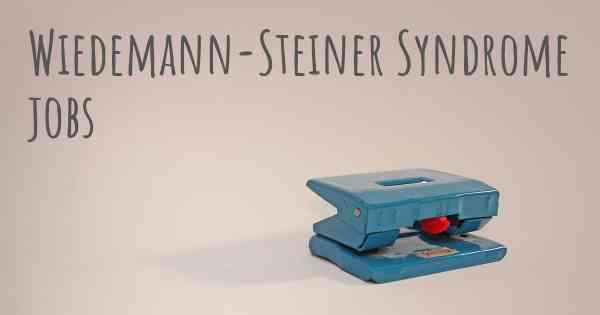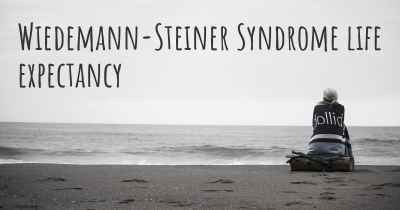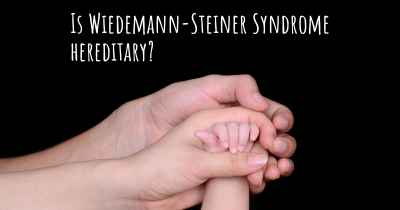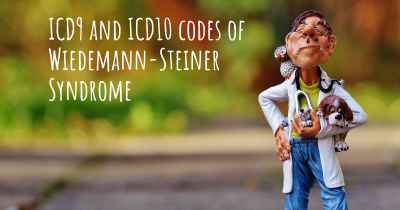Can people with Wiedemann-Steiner Syndrome work? What kind of work can they perform?
See how people with experience in Wiedemann-Steiner Syndrome give their opinion about whether people with Wiedemann-Steiner Syndrome can work and what kind of jobs are more appropriated for people with Wiedemann-Steiner Syndrome

Can people with Wiedemann-Steiner Syndrome work?
Wiedemann-Steiner Syndrome (WSS) is a rare genetic disorder characterized by various physical and developmental abnormalities. While the impact of WSS can vary from person to person, individuals with this syndrome can indeed lead fulfilling lives and engage in meaningful work.
Understanding Wiedemann-Steiner Syndrome:
Wiedemann-Steiner Syndrome is caused by mutations in the KMT2A gene and is typically diagnosed in early childhood. The syndrome is characterized by distinctive facial features, such as thick eyebrows, long eyelashes, a wide nasal bridge, and a prominent chin. Individuals with WSS may also have developmental delays, intellectual disabilities, and musculoskeletal abnormalities.
Work Opportunities for Individuals with Wiedemann-Steiner Syndrome:
While the specific abilities and limitations of individuals with WSS can vary, it is important to recognize their potential and provide them with suitable work opportunities. Here are some considerations for employment:
1. Individualized Approach: Each person with WSS is unique, and their abilities and limitations should be assessed on an individual basis. It is crucial to consider their strengths, interests, and skills when exploring potential work options.
2. Supportive Work Environment: Creating a supportive and inclusive work environment is essential for individuals with WSS. Employers should foster an atmosphere of understanding, acceptance, and accommodation to ensure the success and well-being of employees with this syndrome.
3. Vocational Training: Providing vocational training programs tailored to the specific needs of individuals with WSS can enhance their employability. These programs can focus on developing skills such as communication, social interaction, problem-solving, and task-specific abilities.
4. Job Modifications and Accommodations: Depending on the individual's abilities and limitations, certain job modifications and accommodations may be necessary. These can include adjustments to work hours, task assignments, workspace layout, or the provision of assistive devices to facilitate their work performance.
5. Suitable Work Environments: While the range of suitable work environments for individuals with WSS is broad, it is important to consider their specific needs. Some individuals may thrive in office-based jobs that require organizational skills, attention to detail, or computer proficiency. Others may excel in roles that involve physical activities, such as gardening, assembly work, or light manual labor.
6. Support Networks: Building a strong support network is crucial for individuals with WSS. This can include family, friends, caregivers, and co-workers who understand their condition and can provide assistance and encouragement in the workplace.
7. Advocacy and Awareness: Raising awareness about Wiedemann-Steiner Syndrome can help employers and society at large understand the unique abilities and challenges faced by individuals with this condition. Advocacy efforts can promote equal employment opportunities and combat any potential discrimination or misconceptions.
Conclusion:
While Wiedemann-Steiner Syndrome presents certain challenges, individuals with this condition can certainly work and contribute to society. By adopting an individualized approach, providing necessary support and accommodations, and fostering inclusive work environments, individuals with WSS can find meaningful employment that aligns with their abilities and interests.
Posted Jan 16, 2018 by anonymous 3980








